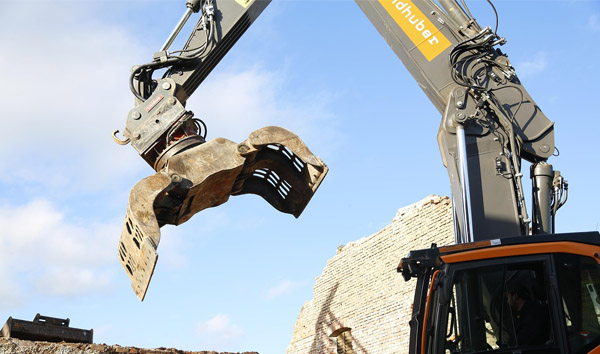The Future of Winter Road Maintenance: High-Tech Highway Snow Melting Vehicles
2025-08-03 04:10:27
Highway snow melting vehicles are revolutionizing the way municipalities and transportation departments handle snow and ice removal. Unlike traditional snowplows, which merely push snow to the side, these vehicles actively melt accumulated snow and ice, preventing hazardous buildup on road surfaces. Equipped with high-capacity heating systems, they can process large volumes of snow in real time, converting it into water that drains safely away. This technology significantly reduces the need for chemical de-icers, which can harm the environment and corrode infrastructure.
The core mechanism of a highway snow melting vehicle relies on powerful thermal generators, often fueled by diesel or alternative energy sources. Some newer models incorporate electric heating elements, reducing carbon emissions while maintaining operational efficiency. Studies from the National Highway Traffic Safety Administration (NHTSA) indicate that roads treated by these vehicles experience up to 40% fewer accidents during winter storms compared to those cleared by conventional methods. Additionally, the melted water is often filtered and reused, minimizing waste and supporting sustainable practices in winter road maintenance.
One of the key advantages of highway snow melting vehicles is their ability to operate continuously without frequent stops for reloading materials. Traditional snowplows require constant refills of salt or sand, leading to downtime and delays. In contrast, these vehicles can cover extensive stretches of highway without interruption, making them ideal for long-distance routes and critical transportation corridors. The U.S. Department of Transportation has reported a 30% improvement in road clearance times in regions where these vehicles have been deployed.
Looking ahead, the integration of AI and automation is set to enhance the capabilities of highway snow melting vehicles even further. Predictive analytics can optimize routes based on weather forecasts, ensuring proactive rather than reactive snow removal. Pilot programs in Scandinavia and Canada have already demonstrated the potential of autonomous snow-melting fleets, reducing labor costs and improving response times. As climate change intensifies winter weather extremes, the demand for these innovative machines is expected to grow, solidifying their role in modern infrastructure management.













